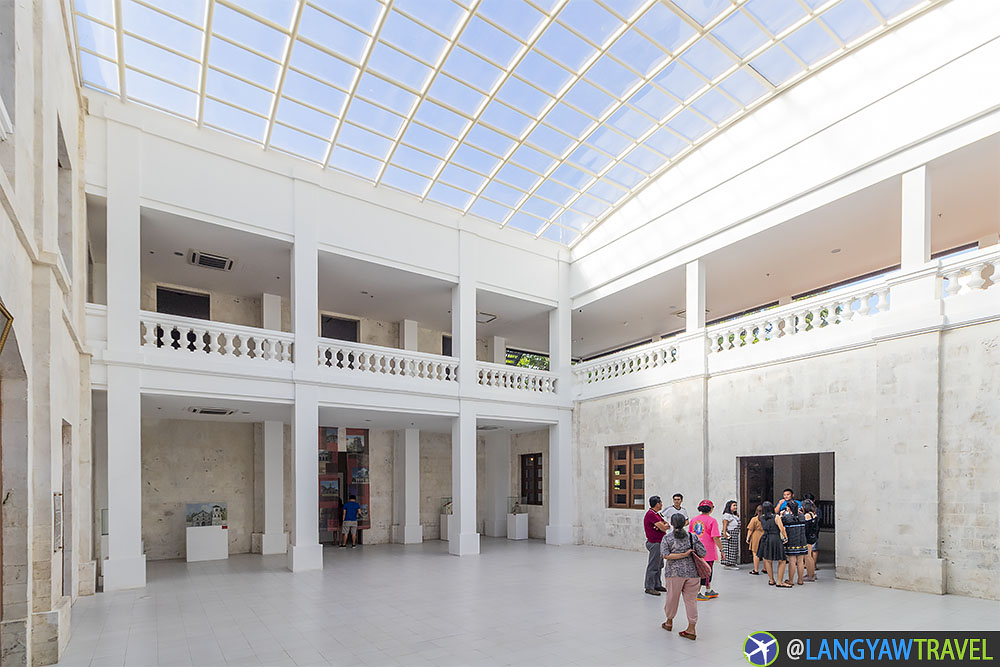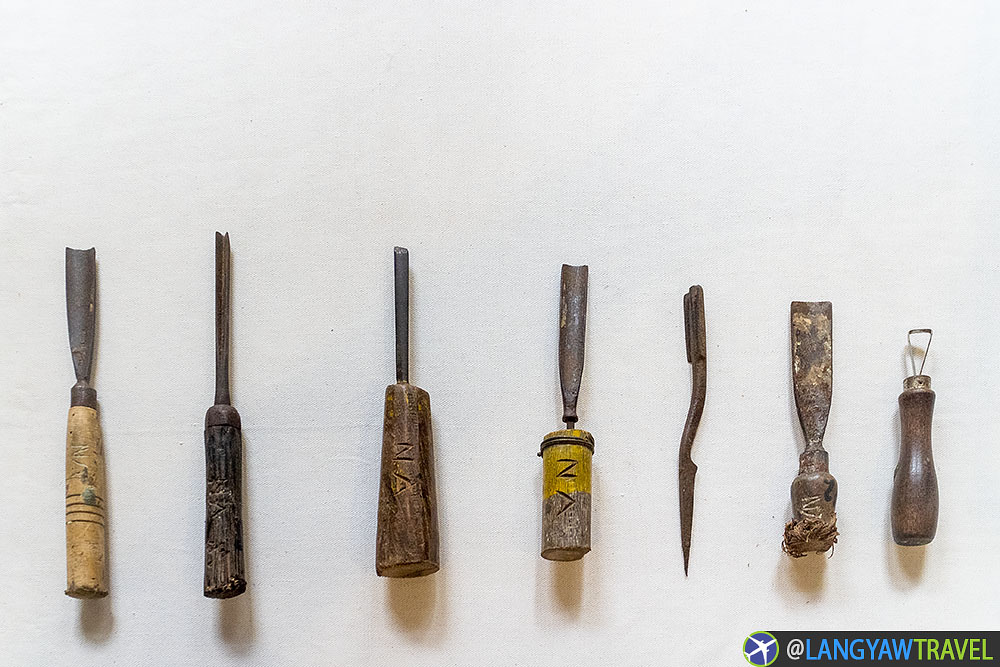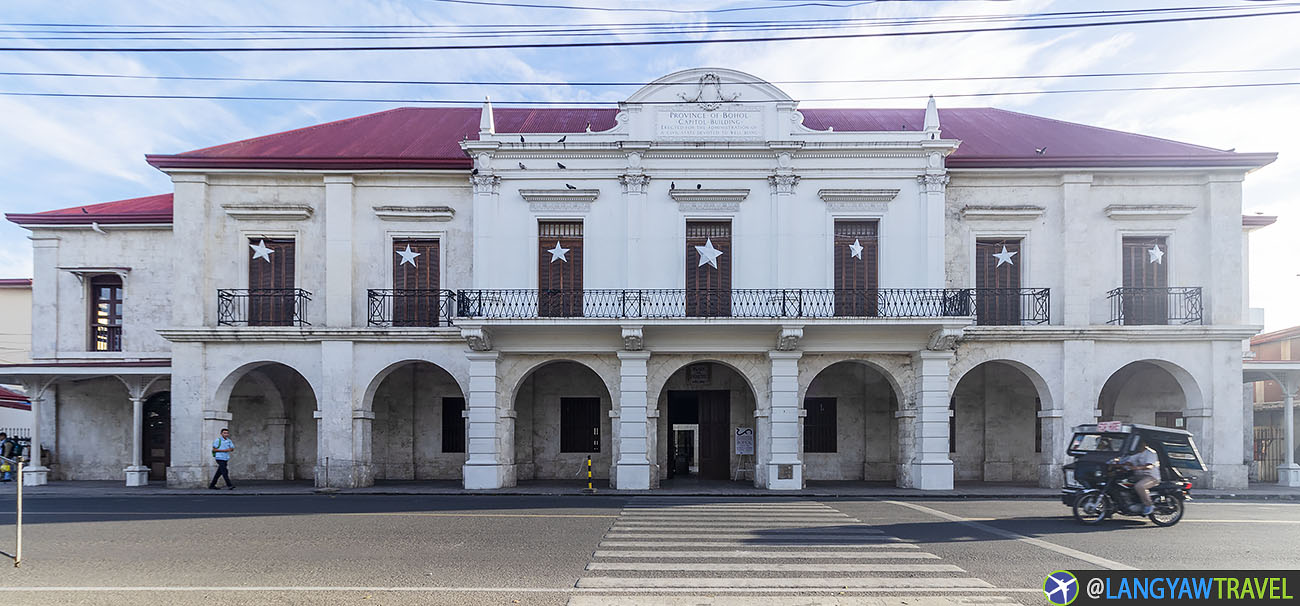It was a delightful experience as I entered for the first time the Old Provincial Capitol of Bohol in Tagbilaran City. In its current form, it is the new exhibition and office space of the National Museum Bohol. The structure is bright and airy. Spacious and fully airconditioned. But it wasn’t always like this.
The Old Provincial Capitol was constructed in 1860 to house the tribunal and garrison of the Spanish forces. Construction materials included coral stones, lime, bricks, roofing tiles and banaba beams. In October 2013, the devastating earthquake struck. Damage was severe, not only to several heritage churches of the province but also this one. The National Museum has retrofitted the building and adaptively reused the heritage structure as the new museum in 2018.
The new National Museum Bohol
As far as I can remember, the National Museum had always had a presence in Bohol and visited it once. The museum and its artefacts used to occupy the small Escuela de Ninas together with the City Library. It’s another Spanish colonial era structure just beside the present one. The exhibition was limited and in a cramped space. And I just visited there out of curiosity.
The museum’s new regional home, on the other hand, is stunning. It has generous exhibition space. It’s grand, regal and steeped in history. When I was there for a magazine photo assignment, there were three exhibitions at its galleries.


Pagbanhaw, the heritage restoration exhibit
The October 2013 earthquake dealt a major blow to several heritage churches in Bohol. And several were considered as National Cultural Treasures. The province has always enjoyed renown as a heritage lover’s paradise especially for Spanish colonial era churches and houses. Thru the National Museum’s National Heritage Restoration and Reconstruction Program, several of these have been repaired and made strong again. Two, the churches of Loon and Maribojoc, were sadly destroyed completely, are being faithfully reconstructed.
This exhibit, called Pagbanhaw, literally, Resurrection, is located at the ground floor. It showcases that journey of restoration and reconstruction and highlights the beauty of these edifices, their cultural significance. It shows us the painstaking process of retrofitting too. There are antique artefacts like huge nails used in one of the churches. Or the ornately carved wooden corbel from Dimiao church that demonstrates the rich artistry of the Boholanos. There are also scale models of the churches.




Pagpauli, the Napoleon Abueva exhibit
The second exhibit, located at the back gallery is a homage to local son, Napoleon Abueva, National Artist for Sculpture. He died in 2018 and this is his personal collection. Busts of people, including himself, abstract art, and a wooden bench. There’s a beautifully carved two panel door too, and more. But one of those that I really admire is that horse head that almost seem lifelike.




Second floor exhibit
The second floor exhibit is dedicated to the island province’s natural and geological history. Unique fauna like the tarsier is highlited. There’s even parts of a skeleton and bones a whale and dolphin. The varied flora and other fauna as well as fossils, and many more. These, showcased in a wide gallery with proper information data and display.


The National Museum Bohol has come a long way. From that cramped space to something that Boholanos can be very proud of. It’s modern and spacious. And now, have much more spaces to highlight and display the unique cultural, heritage and treasures of the province.
National Museum Bohol Carlos P Garcia Ave. Tagbilaran City, Bohol (infront of Plaza Rizal)




Comments are closed.